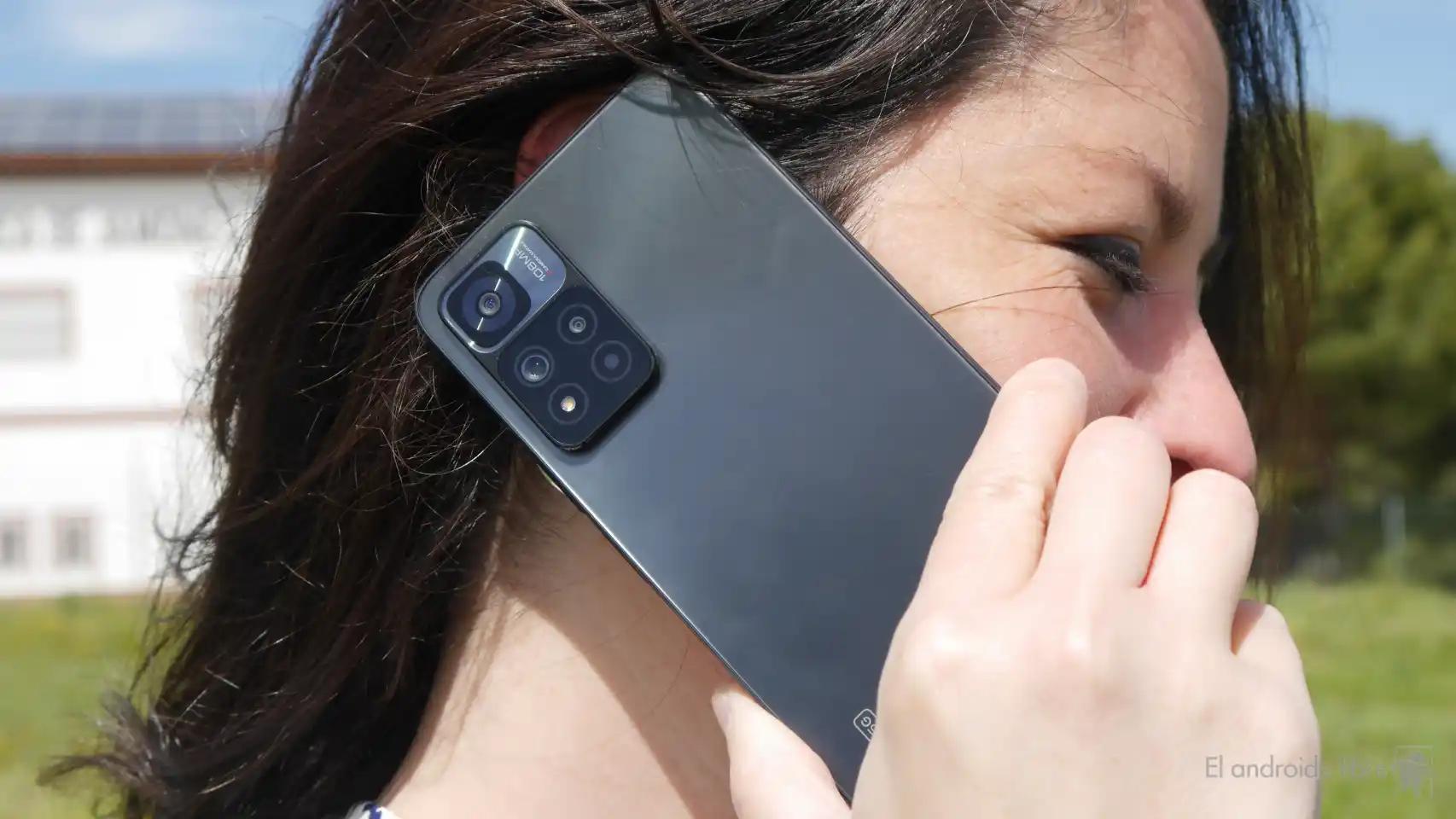Apple filed a few patents this week that give us clues about the charging capacities of new devices. Apparently Apple is research the creation of a Mac or iPad capable of wireless charging an iPhone, Apple Watch or AirPods simply by laying them on top.
A very special AirPower: an iPad

We’ve long seen how Apple wants to eliminate cables from consumer computing. We’ve seen it in wireless headphones, wireless chargers, Mac ports, and the MagSafe and MagSafe Duo as well. And if we listen to the rumors, we’ll see it next year with a portless iPhone. In this context, it is not surprising that the Cupertino laboratories are look for alternative ways to charge our devices.
Currently, the only Apple devices with magnetic induction coils are iPhones, AirPods charging cases, and Apple Watch – the latter not compatible with the Qi standard. These coils are used to charge different devices, but by reversing the flow of energy, they could be the ones charging the others.
What if you include these wireless chargers on different surfaces of our Macs? And on the iPad? They would automatically become one of the most interesting freight centers. And that’s where the two new patents discovered by Patently Apple come from.
A portable electronic device comprising: an enclosure which forms a rear surface of the portable electronic device; a screen coupled to the enclosure and forming a front surface of the portable electronic device which is opposed to the rear surface of the portable electronic device; a battery inside the enclosure and supplying electrical energy to the screen and an inductive transmission coil positioned inside the enclosure and between the screen and the rear surface of the enclosure, the inductive transmission coil being configured to transmit energy wirelessly through the rear surface of the housing to an external device which is positioned near the rear surface of the housing […]
Apple has patented technology that allows you to use the Mac or iPad as a charger for other devices. The truth is, I can’t wait to be there! pic.twitter.com/e4eq563KXL
– David Bernal Raspall (@ david_br8) January 8, 2021
Electronic devices can include inductive coils that can be configured to be in electrical communication with the inductive coils of external electronic devices. In some implementations, the electrically communicating inductive coils can act as emitter coils and / or receiver coils capable of transmitting energy between electronic devices. This transmission of energy can increase the load on a battery of the electronic device which receives the energy, while simultaneously decreasing the load on a battery which transmits the energy. Inductive coils of electronic devices capable of transmitting energy to external electronic devices can allow the battery of an electronic device to be charged using only one other electronic device. Thus, a single power cord or no power cord may be required to charge one or more of a group of devices which include electrically communicating inductive coils.
The text is pretty clear: we charge our Mac and put our iPhone, Apple Watch, and AirPods on top and all devices charge in unison. Even when using the computer battery. Of course, given the physical space the devices would take up to recharge, the use of the computer would be different – for example, charging our Apple Watch while watching a series – but without a doubt a more interesting option. to consider. The same would happen with our iPad. We’ll see if Apple decides to move these ideas into production.








